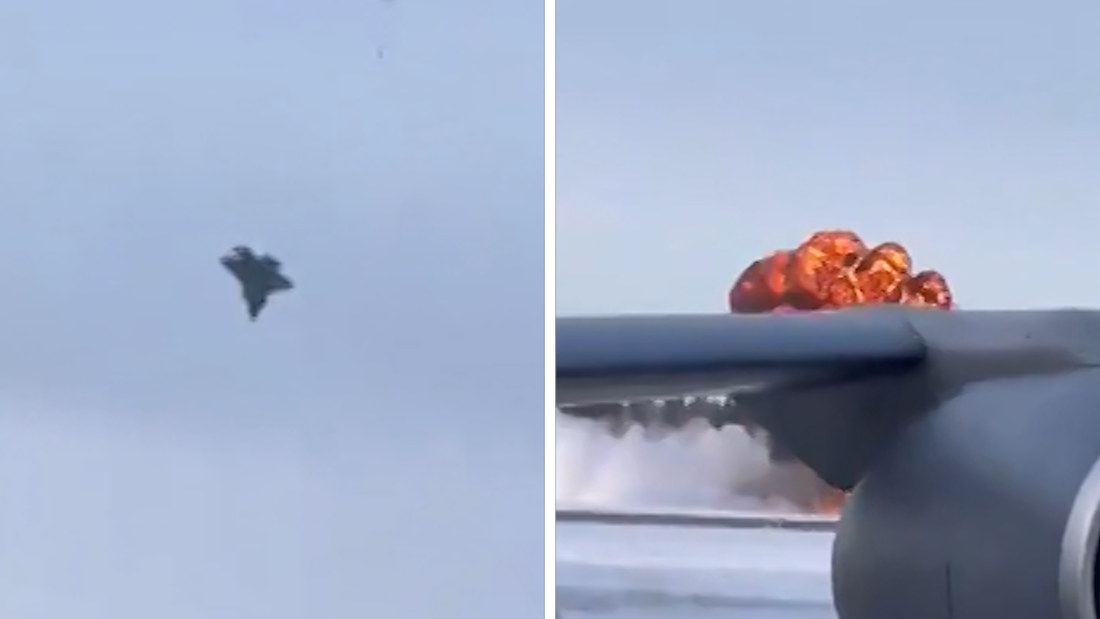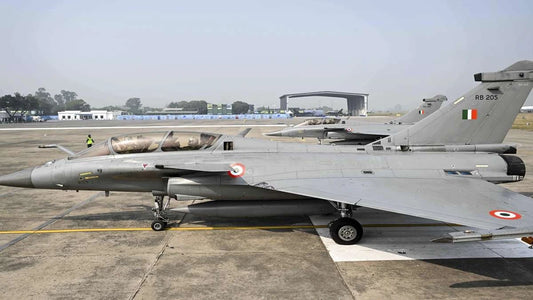F-35 Incident in Alaska: Pilot Consulted Lockheed Engineers for an Hour Before Ejection

A newly released U.S. Air Force accident report reveals that a $200 million F-35 fighter jet crashed at Eielson Air Force Base, Alaska, on January 28. The mishap occurred after the pilot, who sustained only minor injuries after ejecting, spent nearly an hour in communication with Lockheed Martin engineers attempting to solve a landing gear malfunction.
The crash followed an issue with the landing gear shortly after takeoff. The pilot experienced difficulty retracting the gear, and when attempting to lower it, the nose wheel locked at an angle. This led to troubleshooting efforts that resulted in a series of system errors, inadvertently shifting the jet into “ground-operation mode” while still in the air.
During the flight, the pilot engaged in a 50-minute call with five Lockheed engineers, including specialists in landing gear and software, as checklists proved ineffective in resolving the problem. Under their guidance, he attempted two "touch-and-go" manoeuvres intended to realign the malfunctioning gear. Unfortunately, these efforts resulted in the seizure of both main landing gears, rendering the aircraft uncontrollable and necessitating ejection.
Subsequent inspections post-crash determined that the hydraulic system was contaminated with water, which froze due to sub-zero temperatures and obstructed gear deployment. A similar icing issue was identified in another F-35 at the base nine days later, although that aircraft managed to land without incident.
The investigation noted that Lockheed Martin had previously issued a maintenance bulletin in April 2024, warning that extreme cold could affect hydraulic systems. The report suggests that if the engineers had considered this advisory during their call, they might have advised an immediate landing or controlled ejection, avoiding the second manoeuvre that exacerbated the failure.
This incident underscores ongoing concerns about the F-35's capability in extreme weather conditions and raises questions about the adherence to maintenance procedures and cold-weather advisories.



















